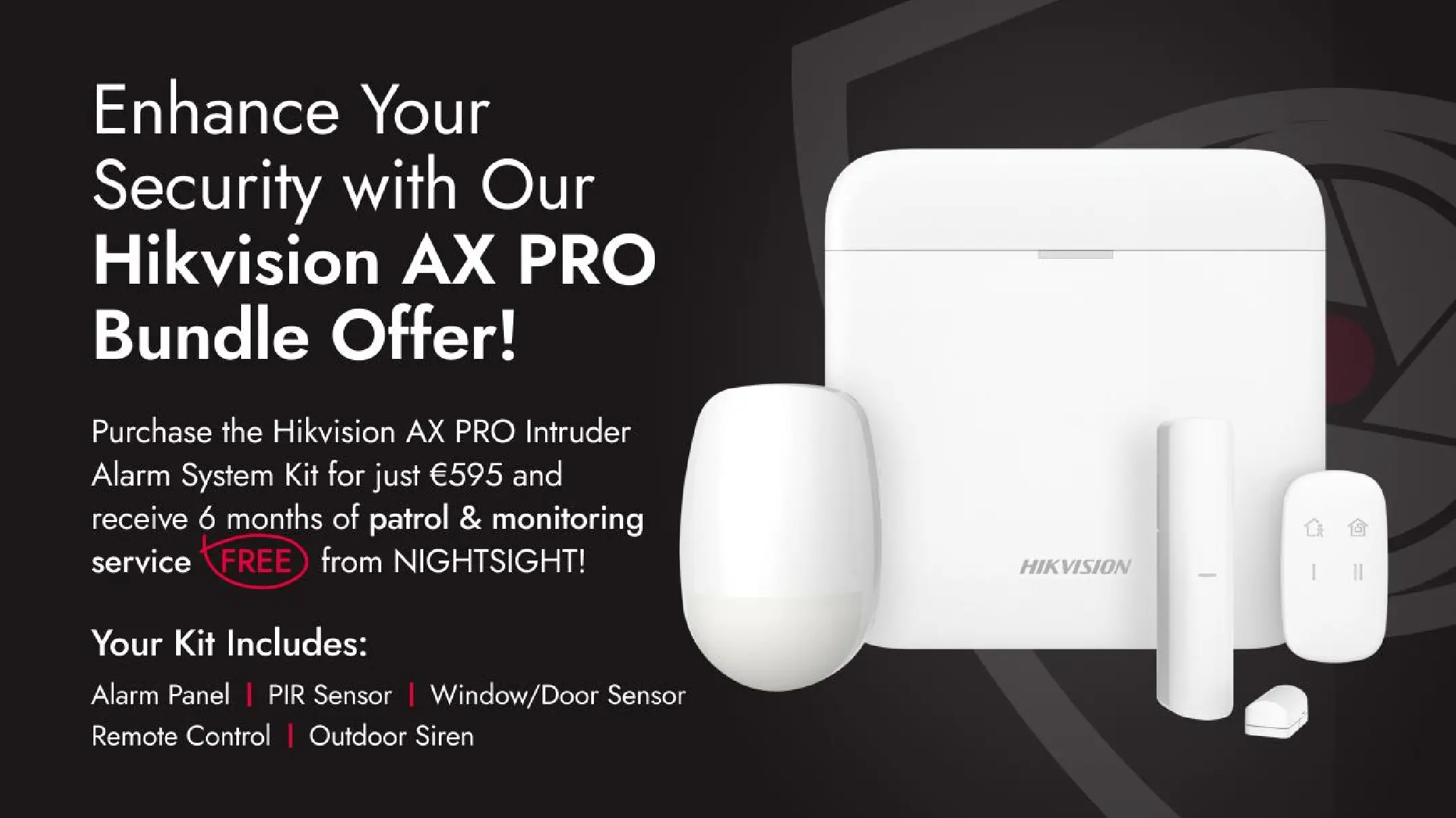NIGHTSIGHT offers turnkey design and installation of video surveillance systems.
List of works performed on video surveillance systems:
- Designing a video surveillance system;
- Selecting suitable equipment;
- Laying cable routes and arranging the cabling system (SCS);
- Installing IP cameras;
- Installing and configuring video surveillance servers;
- Setting up network equipment:
- Installing and configuring an automated workstation;
- Setting up video surveillance operating modes;
- Setting up video analytics algorithms;
- Installing and configuring DAS, NAS storage;
- Setting up mobile access to the video surveillance system;
- Integration with third-party solutions;
- Implementing monitoring systems;
- Service and support.
Video surveillance system design
A properly planned project should begin with an analysis of the chosen area and the selection of zones to be monitored.
After discussing all the details with the customer, our design specialist is sent to estimate the facility where a video surveillance system is to be installed. During the inspection, our design specialist sets the following:
- Required number of cameras;
- Viewing angles for cameras;
- Need to install vandalism protection;
- Illumination level at the facility;
- Location of the security room;
- Need to install an uninterruptible power supply system;
- Cable laying methods.
With us, you receive a full range of services, including design, installation, maintenance, and warranty, as well as post-warranty repair.
Selecting equipment for video surveillance systems
One of the most important stages of design is to select equipment.
When selecting equipment, you must take into account various factors, including the location of cameras (outdoors, indoors, in refrigeration chambers, or at production sites), the customer’s requirements for the equipment operating features and characteristics, the required number of cameras, etc. Our specialists take all these aspects into consideration and select the most suitable equipment for each specific project.
As a result, we draw up a bill of materials that is optimal for the project. It indicates certain brands and marks, and then is sent for approval to the customer. The bill of materials is subsequently used when ordering and purchasing equipment by our specialists.
Video surveillance installation
IP surveillance uses digital signals, which makes it possible to process and transmit data over long distances. The quality of IP camera image is significantly better than that of analog cameras, including clarity and detail.
The way to install IP surveillance differs from that of analog one due to the need to transmit big video data over networks. Errors occurred when designing and installing the cable system can lead to delays in data transmission or system failures.
Our company has many years of experience in the field of IP surveillance and can help to choose equipment, switch from analog to digital video surveillance, as well as lay and set up a cable system for video surveillance.
Access to video surveillance system from mobile devices
Connecting to a video surveillance system, whether at home or at work, is simple and convenient. You can monitor the state of the facility from anywhere in the world with a mobile phone that is always at hand.
You can view videos online or access the video archive with the mobile application for video surveillance. Watching videos can take a long time, so it makes sense to set up event detection, for example, to detect movement in the frame. Cameras with motion sensors provide pre- and post-recording functions, allowing you to record not only the aftermath, but also the moment of the event itself. The mobile app allows you to speed up watching like YouTube, saving you time.
Some models are equipped with microphones, which makes it possible to remotely listen to audio. Moreover, the mobile app can send push notifications about recorded events.
As for the video storage, recordings can be stored both in the cloud and on-device.
